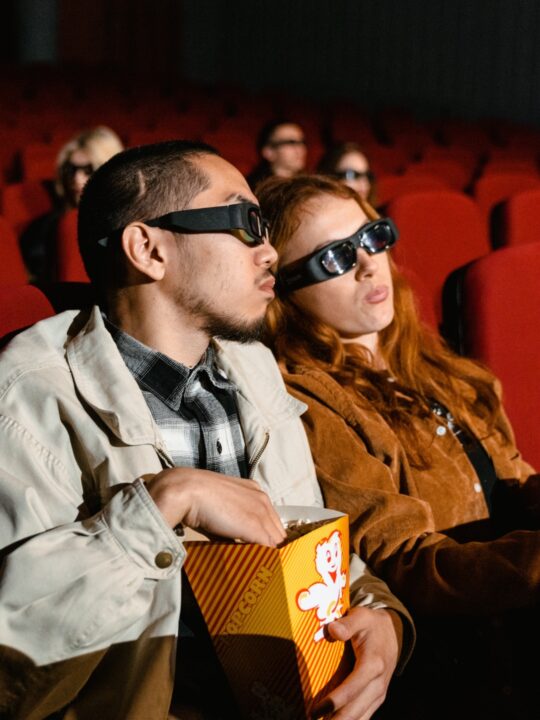What will drive choice in the future of TV & Media?

This month, we were extremely excited to welcome on board our new Head of Media Research – Ben Marsden. Following a long and fascinating career spanning ITV and Channel 4, Ben has his fingers firmly on the pulse of the industry, offering unique and enlightening insights in a increasingly diversified media space. For his first ‘Unconventional Wisdom’ article, we asked Ben to give us his take on the current state of TV and media, what he thinks is really driving choice amongst viewers, and where we can expect to see the industry heading in the future…
As media consumers, we’ve never had more choice. With a multitude of streaming platforms rising by the day, short form video content apps shaping our attention spans, and on demand platforms across all our devices, there’s a lot to navigate. With more and more content appearing across more and more platforms, the popular conception of the media landscape is that streaming is king, with all traditional forms of media consumption like cinema and TV perhaps fading away into the abyss. However such change rarely happens overnight, and the pace and extent of change can often be overhyped. So whilst streaming has certainly become a major player in the media game, the whole picture is far more complex than some assume, with different forms of media retaining their unique places in the market for unique reasons. So with so much happening, how can media brands get a handle on new behavioural patterns, and predict where the industry is heading next?
The world of media can get fixated. New technologies can cause a real stir, and it doesn’t take much for the big players to pour resources into what they believe to be the next big thing. When the smartphone was coming into its own, many assumed that there would be a mass shift to viewing on the phone screen. Films, TV, on-demand services – all to be reduced down to handheld dimensions for people to watch anywhere and everywhere, with TV sets apparently becoming redundant. Huge resources were poured into optimizing everything for phone screen dimensions in anticipation for the mobile takeover, and Hollywood moguls poured cash into ventures like Quibi. However, this simply didn’t happen. Just the existence of the phone screen as a medium was not enough to draw the masses away from their living rooms. Similarly, we can look at cinema. The popularity of the big screen has fluctuated dramatically in the past for a variety of reasons and has repeatedly been read its last rites. Streaming and the pandemic have been the latest events to spell the beginning of the end for the world of cinema. Yet the recent arrival of Barbie and Oppenheimer taking the world by storm in their opening weeks would seem to suggest that there remains life in theatrical exhibition for movies.
So what are we seeing happening here? Why was the world of media unable to predict these outcomes? It seems that the crucial underlying factor in all of this is context. The media itself is not the sole factor in the viewing experience. It’s also about the situation, the viewing environment, and how they are experiencing the media. People like to watch films on the biggest screen in their house, on their sofa. People want to see immersive cinematic pictures in immersive cinematic settings, and with other people.
The mystery in the world of media therefore isn’t really how people are viewing, but rather how they are choosing. Which media, in which environment, best fits? What drives the viewer to select a certain streaming app over another when they sit down at the end of the day?
Media consumption is habitual. People stick to what they know they like. They sit down and click on the streaming app, or TV channel, that they always do as part of their routine. What no one has really cracked yet is what’ss driving the habitual nature of this new landscape of media consumption. What causes someone to click on one app over another? How do brands increase convenience? How best to arrange your media so that is the most accessible and inviting on the screen? How personable is your brand, and how much does it actually connect with your audience? If brands can unlock these answers, then they will be onto a winner.
Rather than analyse these nuances it looks like the recent approach of many large media companies has been to just produce more and more content in the belief that the platform with the most on it, for the most people, will win. This is an expensive game, and it isn’t sustainable in the long run. Brands need to get smarter, and win through a pragmatic behavioural approach that unpicks the true unconscious biases at play.
To get to the root of choice, and to truly understand your audience, get in touch today.

 Back to articles
Back to articles

